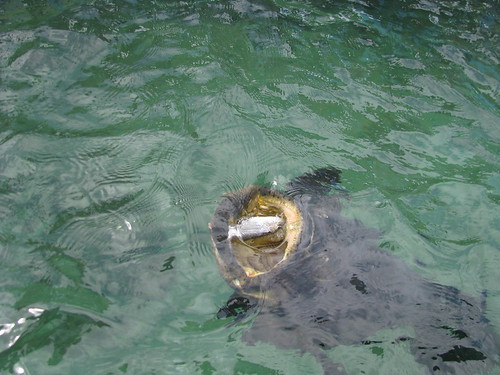Wil, can you provide the following information so I can develop a business plan for Rincon? I've consolidated from a couple of other posts.:
At a basic level, what valuation shall we place on the platforms deliverable to the buyers. If we use $166/ton of discplacement as the building cost, what will be the final sale price to the buyer, and how long should we allow for the sale to complete? Also, is that a metric ton or imperial ton, 1000 kg or 2000 pounds. Also, what is the density of the concrete, interior and exterior wall thicknesses, floor thickness, deck thickness, and span between interior wall or bulkheads.
At this point we need to settle on a multi purpose float design and cost it out. Wil, can you give me a figures for $/cubic meter of finished ferrocement, exterior wall thickness, interior (cell) wall thickness, floor thickness, ceiling (deck) thickness, cell size. It would be best to put together a parametric spread sheet, i.e. float depth, cell size as variables, exterior wall thickness, interior wall thickness, floor thickness, ceiling thickness as calculated values. With this, I can lay out designs in a parametric CAD modeler. Also, we should separate out the fixed costs, i.e. administrative salaries, equipment, rentals, from the variable costs, i.e. concrete, steel, water, labor, other materials, and delivery costs to customer or local anchorage. We also need to determine the sale prices to the local markets you described for the floats. A fixed price per ton of displacement or floatation isn't really detailed enough seeing as for a roughly cubic or cylinderical configuration, cost should increase by the square while enclosed volume increases by the cube, so cost per cubic meter of volume or ton of displacement should decrease with an increase in size, though there will be some increase in wall thickness ofr larger enclosed volumes.




 .
. 
 .
.  .
.  .
.  .
. 


 .
.  .
.  .
.  .
. 
 .
. 
 .
.  .
. 
 .
.  .
.  .
.  .
. 
 .
.  .
.  .
.  .
.  .
.  .
.  .
.  .
.  .
.  .
.  .
.  .
.  .
.  .
.  .
.  .
.  .
.  .
.  .
.  .
.  .
.  .
.  .
.  .
.  .
. 

 .
.  .
. 

 .
.
